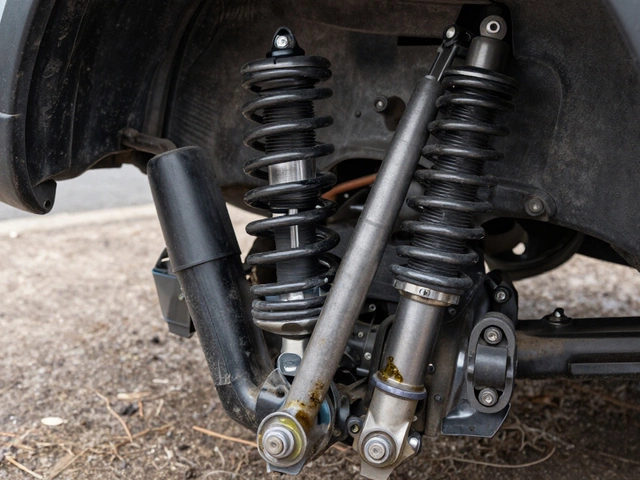Driving with Worn Rotors: Risks, Signs, and What to Do Next
When you’re driving with worn rotors, a critical part of your car’s braking system that slows the wheels by clamping brake pads against them. Also known as brake discs, they’re not just metal circles—they’re your last line of defense before a collision. If they’re thin, cracked, or warped, your brakes won’t stop the car the way they should. This isn’t a "maybe" problem. It’s a "when" problem—and the clock is ticking.
Most people don’t realize rotors wear down over time, just like brake pads. But unlike pads, you can’t always feel rotor wear until it’s too late. A warped rotor makes your steering wheel shake when you brake. A severely worn one causes longer stopping distances, even if your pads are brand new. And if the rotor is cracked? That’s a waiting-for-failure situation. Mechanics in Stevenage see this all the time—drivers coming in after a near-miss because they ignored the vibrations or the squealing.
It’s not just about safety. Driving with worn rotors can damage other parts. Your brake pads wear out faster. Your calipers get stressed. Your ABS system might trigger false alarms. All of this adds up to bigger, costlier repairs down the road. And if you’re pulled over or fail an MOT because of it? That’s more money and more stress.
How do you know if your rotors are worn? Look for these signs: a grinding noise when braking (metal on metal), a pulsating brake pedal, or your car pulling to one side when you stop. These aren’t "annoyances"—they’re warnings. Even if your brake pads still look good, the rotors might be done. That’s why professional inspections matter. At Stevenage Tyres & Car Services, we check rotor thickness with a micrometer, not just by eye. We don’t guess. We measure.
You might hear someone say, "I’ll just resurface them." But resurfacing only works if the rotor still has enough metal left. If it’s already near the minimum thickness, resurfacing just makes it thinner—and more likely to warp again in a few months. Replacing them outright is often the smarter, safer choice. And yes, it’s cheaper than replacing a whole brake system after a failure.
This collection of posts gives you the real talk on brake systems. You’ll find clear guides on how to spot rotor wear before it turns dangerous, what rotor replacement actually costs in the UK, and whether you can skip replacing rotors when you change pads. We also cover how brake pad wear connects to rotor damage, why ignoring brake noise is a bad idea, and how to avoid being upsold on unnecessary repairs. These aren’t theory pieces. They’re written by people who’ve seen what happens when drivers wait too long.
If you’ve felt your car shudder when braking, heard a strange noise, or just have a gut feeling something’s off—don’t ignore it. Driving with worn rotors isn’t a gamble you can afford to lose. The fixes are straightforward. The risks? Not worth it.





